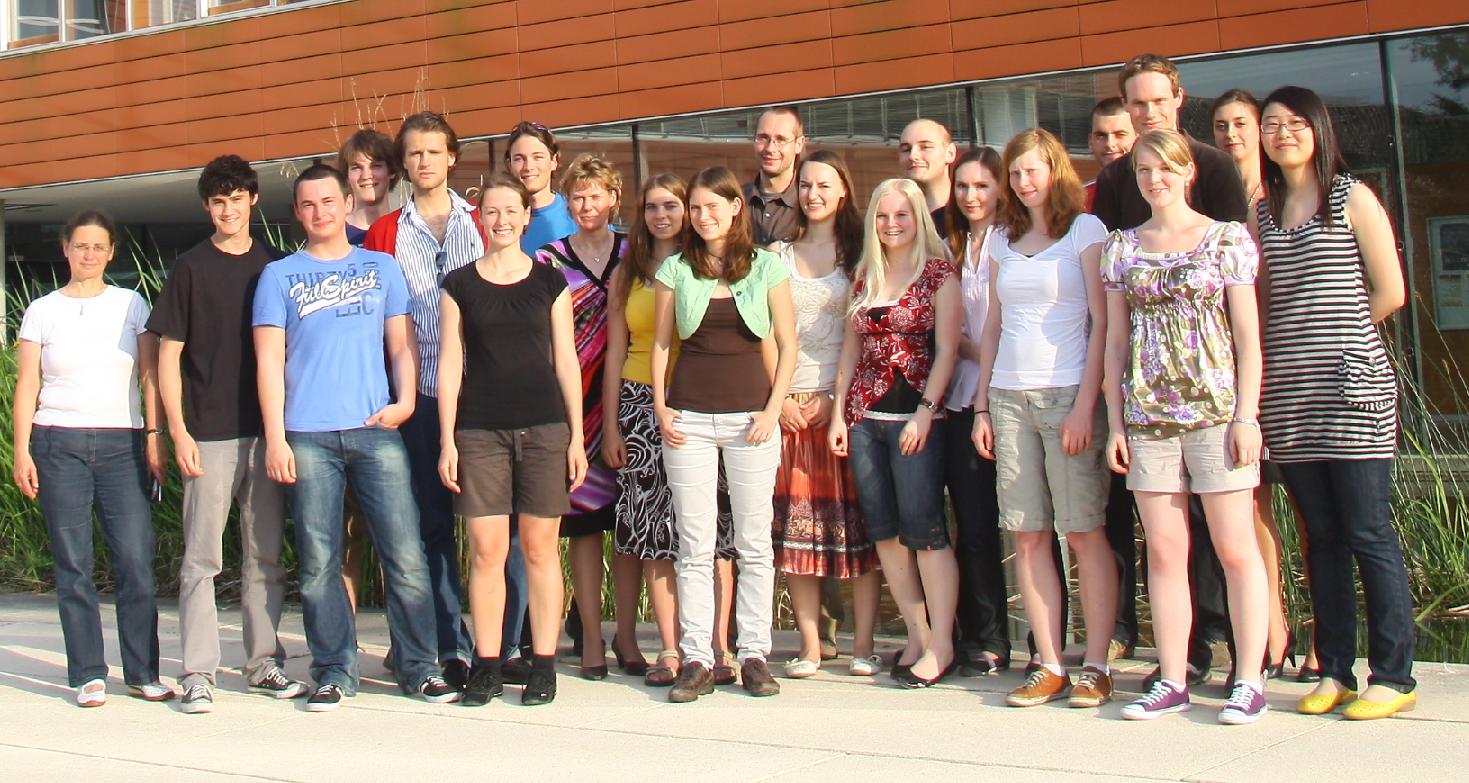|
|
| Line 58: |
Line 58: |
| | | | |
| | === Project 1: ApoControl=== | | === Project 1: ApoControl=== |
| - |
| |
| - |
| |
| - | Apoptotic cell death is a major form of programmed cell death, which is characterized by a series of morphological changes such as shrinkage of the cell, contraction of the cytoplasm, condensation of chromatin, and engulfment by phagocytic cells. [1] In this project, we would explore the possibilities of manipulating eukaryotic cell-destiny by creating a series of Apoptosis Biobricks and applying the Biobricks to eukaryotic cells in a combination of ways. The following will be included in the project: characterizing known cues involved in the apoptotic pathways, improving eukaryotic promoters responding to different stimuli, utilizing apoptosis as a selection-marker, improving the gene-expression in eukaryotic cells, reducing cloning procedure, as well as creating a network and prediction tool of the known components in the apoptosis pathways.
| |
| - |
| |
| - | '''Apoptosis Biobricks'''
| |
| - |
| |
| - | We would like to introduce a series of Apoptosis Biobricks, which consists of a variety of genes with proapoptotic or antiapoptotic properties, combined with different promoters, which respond to different stimuli. These Biobricks will be characterized in human tumor cell line and will facilitate the manipulation of mammalian cells, as well as contributing to unraveling the apoptotic pathways and eventually the research on tumor, other apoptosis-related deceases and development of multicellular animals.
| |
| - |
| |
| - | '''Improvement of gene-expression in eukaryotic cell-line'''
| |
| - |
| |
| - | With the Apoptosis Biobricks, we plan to further utilize apoptosis as an effective selection-marker in eukaryotic cells. Apoptosis results in the formation of apoptotic bodies and controlled antodigestion, while the dying cell maintains its plasma membrane integrity. Therefore it would be a clean and effective way of selection compared to necrosis, which is a form of traumatic cell death that results from acute cellular injury and can cause inflammation response[2]. We would like to generate cell-lines that express proapoptotic genes only under certain stimulus, as well as vectors that contain antiapoptotic genes and the target gene. In this way only the cells expressing the target gene can survive under the given stimulus, and it may lead to an improvement of gene-expression in eukaryotic cells, and can also serve as an easy assay for the transformation rate without doing the Western Blot or introducing GFP-fusion-proteins.
| |
| - |
| |
| - | '''Eukaryotic att-system'''
| |
| - |
| |
| - | In a typical cloning procedure of a target gene intended to be expressed in eukaryotic cells, it is usually obligatory to first clone the plasmid in bacteria, transfect the eukaryotic cells with the plasmid and then check the expression. To reduce this procedure for large-scale screening, we would like to combine the last step of cloning the target gene into a destination vector and expressing the plasmid in eukaryotic cells. To achieve this, we would make use of the Apoptosis Biobricks as selection-marker in eukaryotic cells and the attachment-region of lambda virus to swap the target genes.
| |
| - |
| |
| - | '''Apoptosis-Module'''
| |
| - |
| |
| - | In this part we aim to organize the known cues and pathways involved in the apoptotic process. It includes quantifying the correlation between the amount of activated pro-/antiapoptotic genes and their effects on the cell destiny in a cell-type related manner, taking the redundancy, feedback regulation, cross-talks and other effects into account. In this process we would create a comprehensive database of apoptosis and at the end it would enable a prediction of cell-destiny based on any given data.
| |
| - |
| |
| - |
| |
| - | Reference
| |
| - |
| |
| - | [1] B. Conradt: Genetic Control of Programmed Cell Death During Animal Development. Annu. Rev. Genet. 2009. 43:493–523
| |
| - |
| |
| - | [2] Löffler and Petrides, Biochemie und Pathobiochemie, 6. Edition
| |
| | | | |
| | === Project 2: DNA de novo === | | === Project 2: DNA de novo === |
| | | | |
| | == Results == | | == Results == |
This is a template page. READ THESE INSTRUCTIONS.
You are provided with this team page template with which to start the iGEM season. You may choose to personalize it to fit your team but keep the same "look." Or you may choose to take your team wiki to a different level and design your own wiki. You can find some examples
HERE.
You MUST have a team description page, a project abstract, a complete project description, a lab notebook, and a safety page. PLEASE keep all of your pages within your teams namespace.
 "
"
